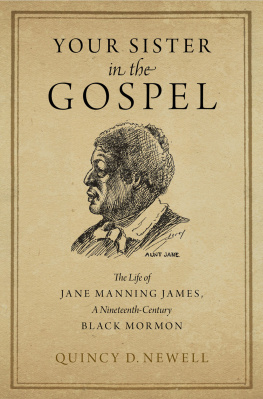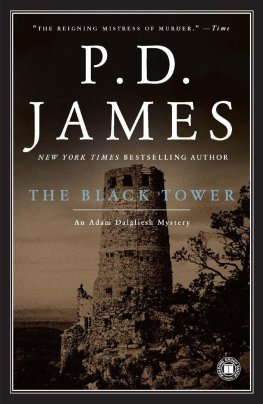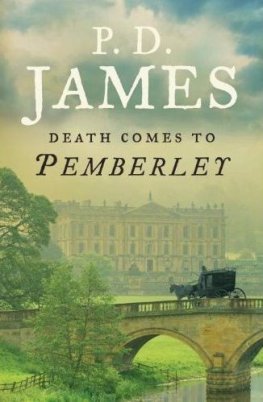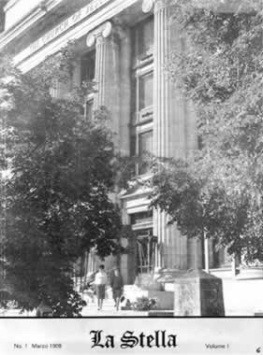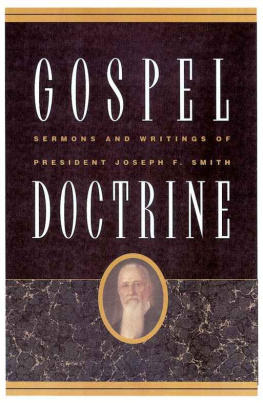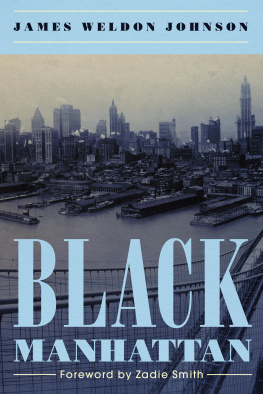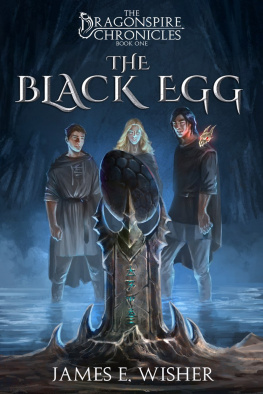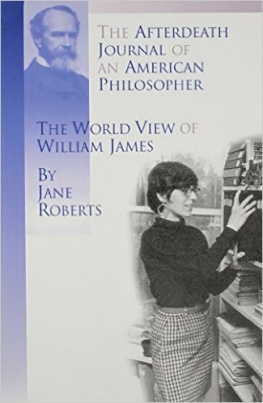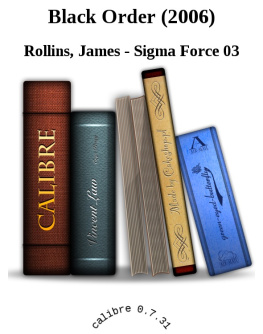Your Sister in the Gospel

Oxford University Press is a department of the University of Oxford. It furthers the Universitys objective of excellence in research, scholarship, and education by publishing worldwide. Oxford is a registered trade mark of Oxford University Press in the UK and certain other countries.
Published in the United States of America by Oxford University Press
198 Madison Avenue, New York, NY 10016, United States of America.
Oxford University Press 2019
All rights reserved. No part of this publication may be reproduced, stored in a retrieval system, or transmitted, in any form or by any means, without the prior permission in writing of Oxford University Press, or as expressly permitted by law, by license, or under terms agreed with the appropriate reproduction rights organization. Inquiries concerning reproduction outside the scope of the above should be sent to the Rights Department, Oxford University Press, at the address above.
You must not circulate this work in any other form and you must impose this same condition on any acquirer.
CIP data is on file at the Library of Congress
ISBN 9780199338665
eISBN 9780199338689
For my family
and in loving memory of
Jane Adair Brownlie
May 15, 1922August 3, 2017
Contents
I am so grateful for the assistance of friends, colleagues, institutions, and perfect strangers who went out of their ways to help me bring this book into being and make it immeasurably better. I was lucky to study with David W. Wills and Laurie F. Maffly-Kipp. This book would never have seemed possible to me without their support and mentorship, even long after I moved on from their courses. Long before I started writing Janes biography, the Wason family welcomed me to Salt Lake and Darius Gray and Margaret Blair Young welcomed me to the study of African American Mormons. Brittany Chapman Nash shared the historical gem that tipped me over the edge into writing this book. She has continued to share generously of her immense knowledge. Judith Weisenfeld took an early interest in this project and her curiosity, openness, and intellectual contributions to the study of African American religious history challenged, encouraged, and guided me. W. Paul Reeve and John Turner reviewed my initial book proposal and helped at key moments in my research and writing, providing documents, suggesting fruitful research angles, and expressing enthusiasm about this project. Paul Reeve, in particular, was a wonderful collaborator in my final months of writing. He generously shared his own work and the primary sources he had unearthed, patiently explained the intricacies of the nineteenth-century priesthood restriction and other topics, and in his capacity as manuscript reviewer, thoughtfully critiqued the whole book. This volume is far better for his and the second (anonymous) reviewers comments. Amy Tanner Thiriot, whose work also involved Jane, shared her formidable genealogical and historical research skills with me, helping me untangle complicated family trees and trace the faint historical tracks of Janes relations. Kate Holbrook, Jenny Reeder, Alan Morell, and Mark Staker all helped illuminate obscure historical details that allowed me to write a richer account of Janes life and times. J. Spencer Fluhman and Patrick Q. Mason answered my often haphazard questions about LDS history, culture, and practice with grace and good humor. Louis Duffy, the great-great-grandson of Jane, shared copies of Janes patriarchal blessings with me and granted permission for them to be published in this book. Bob Russell, who literally wrote the book on the history of Janes hometown of Wilton, Connecticut, was incredibly helpful in my efforts to trace Janes early life. Doris Soldner, who researched Janes family for the New Canaan Historical Society, generously responded to my letter with encouragement and good humor.
Brittany Chapman Nash, Kate Holbrook, Judith Weisenfeld, David Wills, Philip Barlow, David Howlett, Amy Koehlinger, and Matt Harris invited me to speak about Jane at various points, thus providing opportunities and deadlines for thinking through various aspects of Janes biography. Laurel Thatcher Ulrich offered a generous critique of one talk that helped me think about Janes life in a more interesting, complicated way.
Travis Cowell, Judy Barry, ANova Ettien, Sandra Kline, Patricia McGuire, Celia Moore, Miriam Moore, Melinda Newell, Robert Newell, Erika Simeon, and Kathy Stone-DeBerry all read an almost-complete draft of the manuscript and helped me make the book clearer and more readable. I didnt follow all of their advice, but I certainly benefited from their generous attention to this story. I have been lucky to have two wonderful writing groups while working on Janes biography: at the University of Wyoming, Erin Forbes, Teena Gabrielson, and Frieda Knobloch read and commented on many drafts of the first pieces of this book. At Hamilton College, Jennifer Ambrose, Celeste Day Moore, and Benj Widiss read the vast majority of the book in its early stages. I am lucky to count the people in both of these groups as valued colleagues and dear friends.
Throughout this project, I had the good fortune to work with excellent staffs at libraries, archives, and historical societies all over the country. I am grateful for the assistance of the wonderful people who work at the University of Utahs J. Willard Marriott Library, Utah State University Libraries Special Collections and Archives, Brigham Young University Librarys L. Tom Perry Special Collections, the LDS Church History Library and Family History Library, University of Wyomings Coe Library (especially Kaijsa Calkins), Hamilton Colleges Burke Library (especially Kristin Strohmeyer), the Utah State Historical Society, Multnomah County (Oregon) Libraries, University of Connecticut Librarys reference desk, New Canaan (Connecticut) Historical Society, Wilton (Connecticut) Public Library, and Ohio History Connection. Im also grateful to the volunteers at the Portland, Oregon, Family History Center, for making me welcome there. Matt Page and employees of the Library of Congress, Princeton University Rare Books and Special Collections, the Utah State Historical Society, and the Division of Rare and Manuscript Collections at Cornell University Library provided the vast majority of the images used in this book. I appreciate their assistance. The LDS Church History Library also provided images of Isaac James and a woman believed to be Jane James. Those images are in the public domain, but the folks in the LDS Churchs intellectual property division asked that I include the following disclaimer: This material is neither made, provided, approved, nor endorsed by Intellectual Reserve, Inc. or The Church of Jesus Christ of Latter-day Saints. Any content or opinions expressed, implied or included in or with the material are solely those of the owner and not those of Intellectual Reserve, Inc. or The Church of Jesus Christ of Latter-day Saints.
When I began working on this book, I was on the faculty at the University of Wyoming. When I finished, I was on the faculty of Hamilton College. I am thankful for the material support that both institutions provided and for the wonderful people I have had the opportunity to work with in both places. I completed this book while on a full-year sabbatical supported in part by a grant from the Louisville Institute. I am grateful for the time and mental space that grant made possible, and I am especially indebted to those colleagues who took the time to support my grant applications with letters of recommendation.

